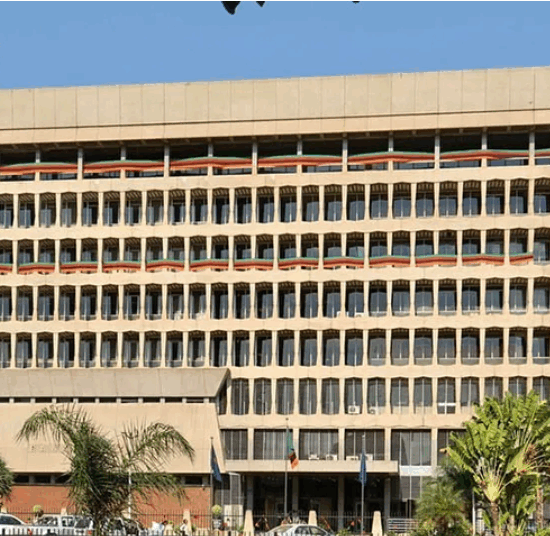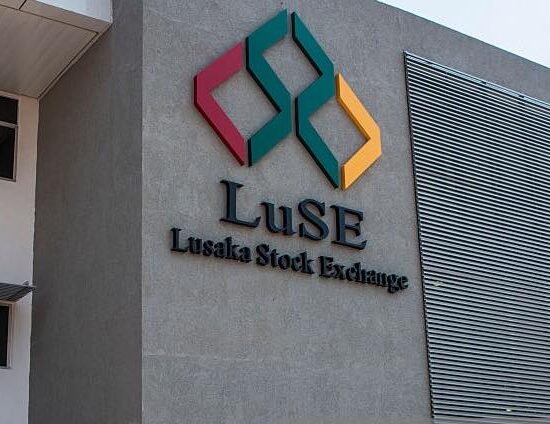
Economist Notulu Salwindi says the continued increase in inflation which has now escalated to 15.4 percent is attributed to the low productivity in several sectors and industries due to the prolonged hours of load shedding being experienced Country wide.
According to official statistics, annual inflation for July 2024 increased to 15.4 percent from 15.2 percent recorded in June 2024.
This means that on average, prices of goods and services increased by 15.2 percent between June 2023 and June 2024.
Speaking to the Zambian Business Times (ZBT), Salwindi who is an Economist with specialization in Marcoeconomics and Health Economics said the reduction in production has led to a hike in the cost of doing business, subsequently driving up the prices of goods and
“Industries are grappling with reduced revenues and increased production costs as they endeavor to mitigate the effects of load shedding on their operations.”
Salwindi underscored the inadequacy of current policies in addressing the unique economic challenges faced by Zambia.
He pointed out the need for a more comprehensive approach to monetary policy, tailored specifically to the Zambian economic landscape, rather than mirroring policies meant for economies like the UK and US.
“The load-shedding is not just affecting the households and the industries as well, meaning if you look at the industries production has gone down, apart from production going down which means their revenues are also going down, their cost also has gone up because in terms of substituting power so that they are able to produce as much as they could, so we are looking at a situation where production is reducing, and the cost of production again is increasing within the same economy and already you have a shortage in terms of goods available,” he said.
Salwindi echoed that the efforts of the Central Bank have not produced results because they are focused on price stability and do not speak to the Zambian economic setting.
“if you look at the Central Bank it is one of the Banks that does not have a fully-fledged research and development division, which basically could have helped them in decision making, the policies are focused on price stability and when you look at price stability the targeted inflation we always say 6-8 percent, meaning everything that we are doing we just focus on price stability but there are other things that the Central Bank can focus on in terms of monetary policy, most of the policies that they are using for lack of a better term they are meant for UK and US not Zambia,” he said.







